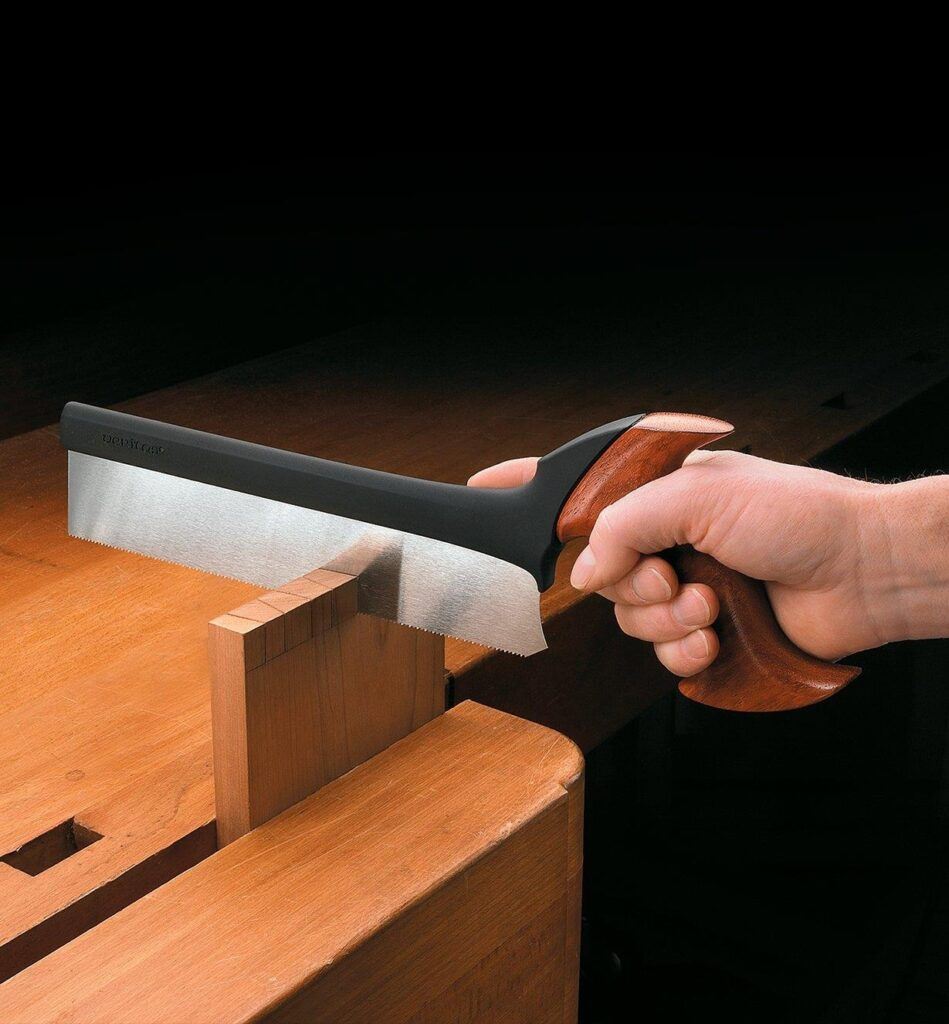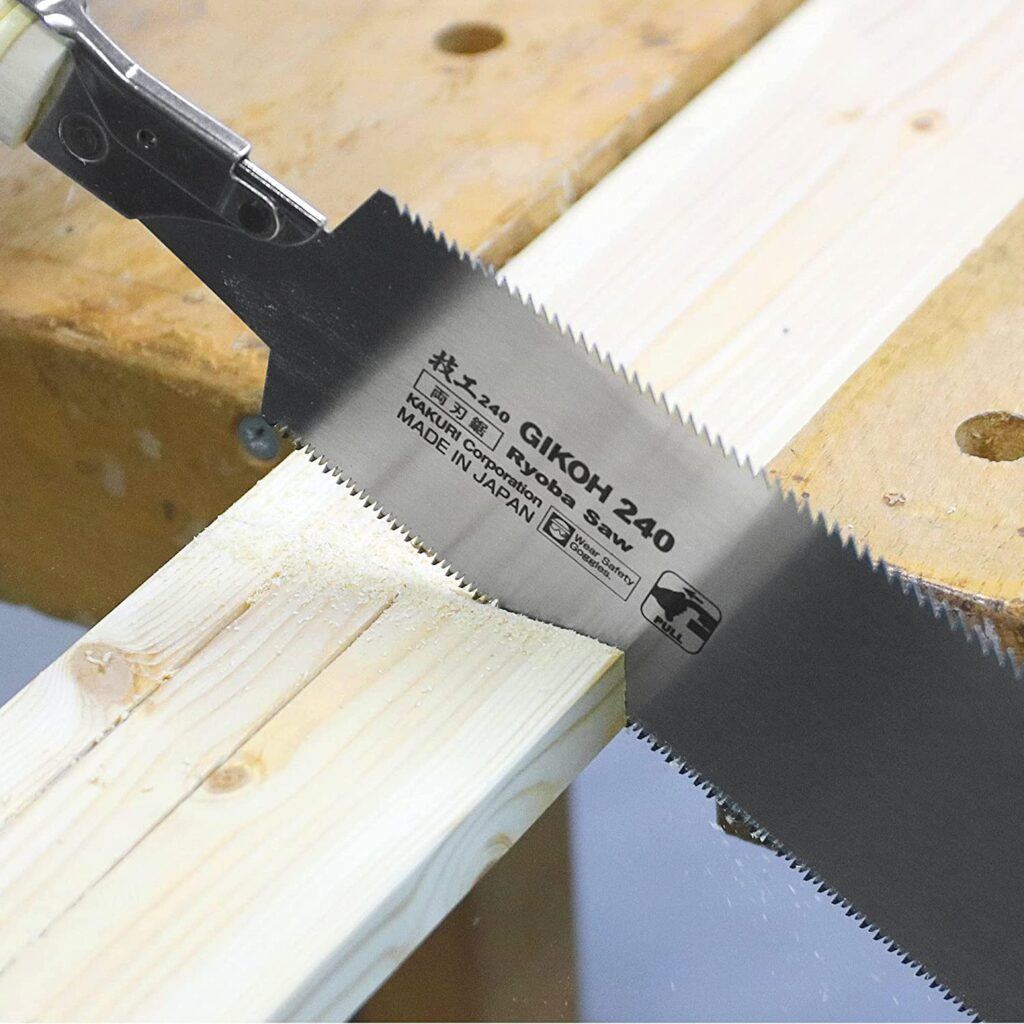Woodworking with hand tools offers a rewarding and enriching experience for beginners exploring craftsmanship. This traditional approach emphasizes the importance of skill development, precision, and a deep connection to the materials being worked. Understanding the fundamental tools and techniques is essential for anyone looking to start in this timeless craft.
Many newcomers may feel intimidated by the prospect of woodworking, but with the right guidance and mindset, they can quickly build confidence. Engaging with hand tools cultivates a strong foundation for future projects, promoting not only competence but also creativity. By starting with essential tools and straightforward techniques, beginners can discover the joy of shaping wood and creating functional art.
1) Chisel by Narex
Narex chisels are respected tools in the woodworking community, known for their quality and performance. They are suitable for both beginners and experienced woodworkers, offering sharpness and durability.
These chisels feature a well-balanced design, making them easy to handle during detailed work. The sturdy handles, often made from hornbeam, provide a comfortable grip for precision.
For beginners, the

Narex 6-piece wood chisel set is a recommended option. This set combines affordability with quality, allowing new woodworkers to develop their skills without a large initial investment.
Narex paring chisels, with a low bevel angle of 20 degrees, excel in tasks requiring precision. Their long blade length helps users navigate tight spaces easily.
In summary, Narex chisels provide both value and performance, making them a practical choice for starting a woodworking journey.
2) Stanley No.4 Smoothing Plane
The Stanley No. 4 Smoothing Plane is a popular choice among beginners in woodworking. Known for its durability, this tool provides good value for its price.

Featuring a lightweight design, the No. 4 is easy to handle, making it suitable for those new to hand tools. Its versatility allows users to achieve a smooth finish on various types of wood.
Constructed from high-quality materials, the plane includes a 1/8-inch A2 steel blade that offers excellent edge retention. This feature ensures that it can perform well over time with proper maintenance.
Adjustability is another key aspect of the No. 4. It has a lateral locking feature that allows for fine adjustments, providing precision in woodworking tasks.
Many woodworkers recommend the No. 4 as the first plane to own because of its reliable performance and ease of use. It is widely regarded as an essential addition to any beginner’s toolkit.
3) Veritas Dovetail Saw
The Veritas Dovetail Saw is a highly regarded tool among woodworkers, especially beginners. Its design prioritizes precision and ease of use, making it suitable for intricate joinery.

This saw features a blade that is known for its exceptional balance and sharp teeth. These attributes help ensure clean and accurate cuts, which are essential when crafting dovetail joints.
With a tooth count of 14 teeth per inch, it is versatile enough to handle not just dovetails but also tenon shoulders and cheeks. This versatility makes it a valuable addition to a beginner’s toolkit.
Many users appreciate the ability to manage various cuts without strain, even in more extensive tasks. The saw is designed for comfort and control, allowing beginners to build confidence as they practice.
For those starting their woodworking journey, the Veritas Dovetail Saw stands out as a reliable choice. Its well-crafted features support the learning process and encourage the development of skills in hand-tool woodworking.
4) Japanese Ryoba Saw

The Japanese Ryoba saw is a versatile tool commonly used in woodworking. It features a double-edged blade, allowing for both rip cuts and crosscuts. This dual functionality makes it an excellent choice for beginners who want to learn various cutting techniques.
Its design incorporates a thin, flexible blade constructed from high-carbon steel, which ensures sharpness and precision. The teeth are designed to cut on the pull stroke, which provides greater control and reduces the effort needed when cutting.
Ryoba saws come in various sizes, making them suitable for different woodworking projects. Their compact form allows for easy handling, especially in tight spaces.
Beginners appreciate the user-friendly nature of the Ryoba saw. With practice, it can help develop essential woodworking skills. Proper use of this tool can lead to clean and accurate cuts, which are crucial for the quality of any woodworking project.
5) WoodRiver Low Angle Block Plane
The WoodRiver Low Angle Block Plane is a favored tool among woodworking enthusiasts. It is designed for precision and versatility, ideal for trimming edges and fitting parts.
With a 12-degree bed angle, it offers a cutting angle between 35 and 40 degrees. This makes it effective for various materials, including hardwoods.
The ergonomic design provides a comfortable grip. The lower lever cap nests in the user’s palm, allowing for better control during use. This feature enhances the plane’s overall usability.
Many woodworkers recommend this block plane as a second purchase after a jack plane. Its manageable size and efficiency make it suitable for both beginners and experienced craftsmen.
The WoodRiver Low Angle Block Plane stands out due to its balanced performance and user-friendly design. It is a reliable choice for enhancing woodworking skills.
6) Cabinet Scraper
A Cabinet Scraper is a valuable tool for beginners in woodworking. Designed for smoothing wood surfaces, it excels at leveling between finish coats and removing old paint.

Crafted from cold-rolled, hardened, and tempered chrome-nickel steel, the blade is durable and reliable. It provides the strength needed for effective wood removal while ensuring long-lasting performance.
Using the scraper, one can make precise adjustments to woodwork, helping to eliminate tear-out and machining marks. Its design offers a user-friendly experience, making it suitable for those new to hand tools.
The included plastic edge protector enhances safety and helps maintain the blade’s edge during storage. This ensures that it is always ready for use when needed, making it a practical addition to any woodworking toolkit.
Fundamentals of Woodworking With Hand Tools
Learning woodworking with hand tools requires a solid understanding of various wood types and the essential tools that every beginner should have. Mastery of these basics lays the foundation for skillful crafting and woodworking success.
Understanding Wood Types
Selecting the right wood is crucial in woodworking. Common types include:
- Softwoods: Pine, cedar, and fir. These woods are easier to cut and shape, making them ideal for beginners.
- Hardwoods: Oak, maple, and cherry. Hardwoods are denser, providing durability but requiring more effort to work with.
Beginners should also consider the grain direction, as cutting against the grain can lead to splintering. The moisture content of wood affects its workability; dry wood is typically more stable. Understanding these characteristics will greatly influence the quality of work and the final results.
Essential Hand Tools for Beginners
A well-rounded toolkit is vital for any beginner. Key hand tools include:
- Chisel: Used for carving and shaping wood.
- Hand Plane: Essential for smoothing surfaces and adjusting thickness.
- Coping Saw: Ideal for cutting intricate shapes and curves.
- Clamps: Ensures pieces stay secure during assembly.
Each tool serves a unique purpose, and learning how to use them effectively is fundamental. Maintaining tools, like sharpening blades, is equally important. This ensures optimal performance, safety, and extends the lifespan of the tools, allowing for better craftsmanship as skills develop.
Basic Techniques for Hand Tool Woodworking
Mastering basic techniques is essential for effective hand tool woodworking. This includes precise measuring and marking, efficient cutting and sawing methods, as well as shaping and smoothing wood surfaces to achieve the desired finish.
Measuring and Marking
Accurate measuring and marking lay the foundation for successful woodworking projects. They ensure that pieces fit together correctly and that cuts are made at the right lengths.
- Use of Tools: A tape measure and a square are fundamental. The square helps create straight lines for square edges, while a measuring tape provides precise lengths.
- Marking Techniques: Use a sharp pencil or marking knife for clear lines. A marking gauge can be especially useful for repeating measurements. Marking against the wood grain can enhance visibility.
- Tips: Always measure twice and cut once to avoid errors. Careful marking can significantly reduce waste and improve project accuracy.
Cutting and Sawing Techniques
Cutting and sawing are crucial skills in hand tool woodworking. Proper techniques enhance accuracy and safety while using handheld saws.
- Types of Saws: Essential saws include the hand saw, dovetail saw, and panel saw. Each is suited for different cutting tasks.
- Cutting Technique: Begin cuts with a gentle stroke to create a groove. This prevents the saw from wandering off the marked line. Maintain a steady and controlled motion to keep the cut straight.
- Positioning: It’s important to position the wood securely, using clamps if necessary. This not only improves safety but also aids in achieving clean cuts.
Shaping and Smoothing Wood Surfaces
Shaping and smoothing are vital for achieving a polished finish on woodworking projects. Employing the right techniques leads to aesthetically pleasing results.
- Planes and Chisels: Hand planes are essential for flattening and smoothing surfaces. Chisels help refine joints and edges.
- Sanding Techniques: After using planes, sanding is necessary. Start with coarser grit and progress to finer grits for a smooth finish. Hand sanding allows for greater control and detail, especially in intricate areas.
- Finishing Touches: Always check the surface for imperfections and address them before applying any finish. A smooth surface enhances the overall look of the finished piece.
Wrap up
Woodworking with hand tools provides a fulfilling and enriching experience, allowing beginners to develop craftsmanship skills while fostering creativity and precision. By starting with essential tools such as chisels, planes, and saws, newcomers can gain confidence in shaping wood and creating functional art. Understanding wood types, mastering measuring and cutting techniques, and refining shaping and smoothing methods are fundamental steps in this journey.
